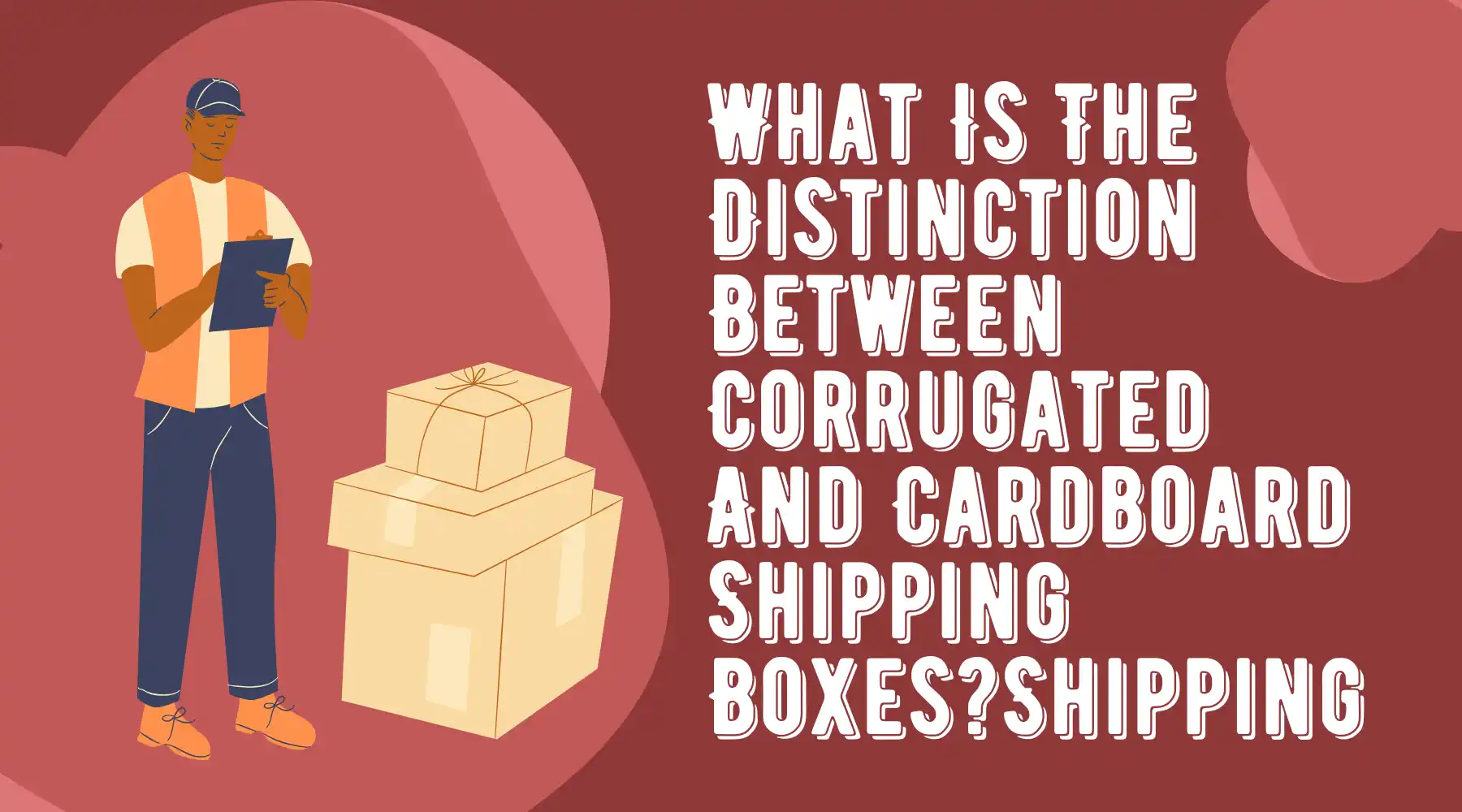What Is The Distinction Between Corrugated And Cardboard Shipping Boxes?
Corrugated cardboard and cardboard shipping boxes are the packaging industry's darlings. These two titans of the transportation industry are entrusted with the job of securing our priceless cargo over great distances. The distinctions that define their usefulness, durability, and applicability to diverse tasks lurk beneath their seeming similarities. Come with us as we debunk the myths and explain the differences between cardboard and corrugated packing boxes.
Building: The Importance of Solid Footings
Thick, heavy-duty paperboard material, typically obtained from recycled paper or wood pulp, is used to make cardboard boxes. Cardboard boxes, made from a single sheet of compacted fiberboard, are sleek and flat, making them perfect for transporting small, lightweight things over short distances. They're great partners for all your regular packing and moving needs.
Corrugated boxes, on the other hand, are built with more complexity. Corrugated fiberboard has three layers: an inner core, an outer core, and a flat outside layer called a liner. The fluting, a corrugated middle layer, provides additional rigidity, padding, and protection and is therefore appropriately titled. Corrugated boxes, because to their innovative design, are unrivalled in terms of durability and resistance.
Powerful and long-lasting: impregnable strongholds
There is a clear distinction between cardboard and corrugated boxes in terms of strength and longevity. For short trips and transporting lightweight products, cardboard boxes are ideal. However, they could not hold up as well under stress from impacts, water, or weight. For more delicate or valuable things, a more robust option may be necessary.
A corrugated box, if you will. Its solid build and corrugated fluting make it an impenetrable fortress for transporting valuables. When shipping heavy or fragile things, corrugated boxes are your best bet because of their strength, durability, and protective qualities. Because of the added protection that the fluting provides, these boxes are recommended for long-distance shipment and the secure delivery of fragile products.
Adaptability in Use: A Tool for Every Task
There is a vast variety of uses for cardboard boxes. They are convenient and useful in many different contexts, including packing consumer goods like electronics, apparel, and books, and as trustworthy storage partners. Cardboard boxes are widely used because they can be easily modified and are inexpensive.
However, corrugated boxes really excel in logistics and transport settings. Because of their strength and resilience, they are essential for moving large and cumbersome goods like appliances, machinery, and construction materials. Furthermore, their cushioning capabilities make them appropriate for protecting delicate items during transport from seller to buyer. Corrugated boxes are widely used in the e-commerce, retail, manufacturing, and logistics sectors to ensure the safe delivery of goods.
The Packaging Conundrum: A Solution
There is a big difference between cardboard and corrugated shipping boxes despite the fact that they both serve important functions in the packaging industry. Cardboard boxes are convenient, inexpensive, and well-suited for transporting light products over short distances. Corrugated boxes are the undisputed champions of long-distance shipping and the protectors of sensitive cargo because to their complicated design, which increases their durability, protection, and versatility.
Knowing the differences between cardboard and corrugated boxes equips you to make the best option, whether you're packing your own items, delivering products, or managing a supply chain. Each offers benefits that are unique and useful in their own ways. When you set out on your next packaging mission, give some thought to the needs of your cargo and choose the box that will best protect it.

